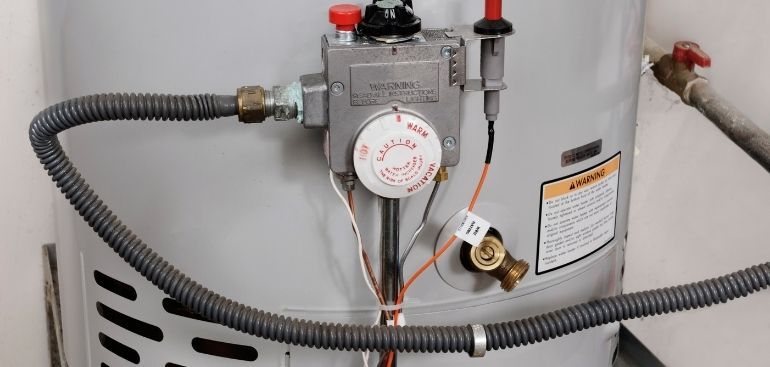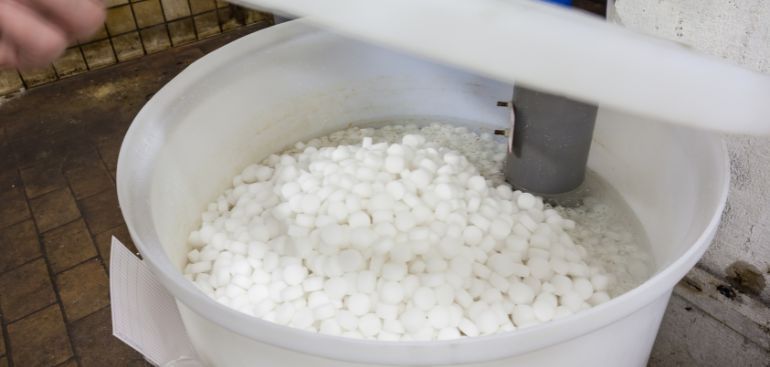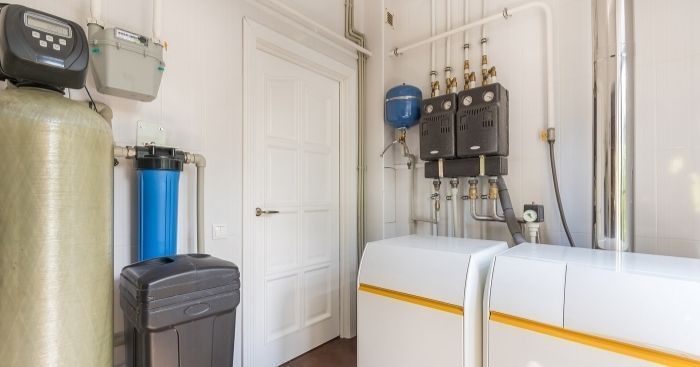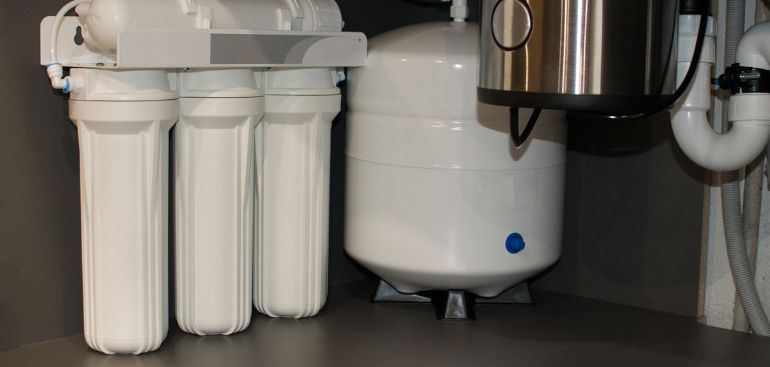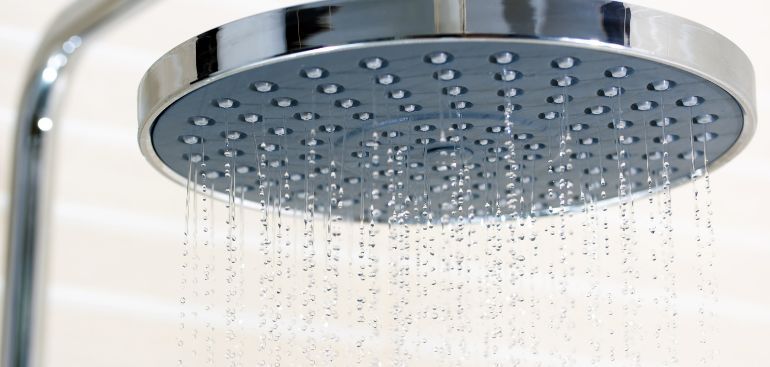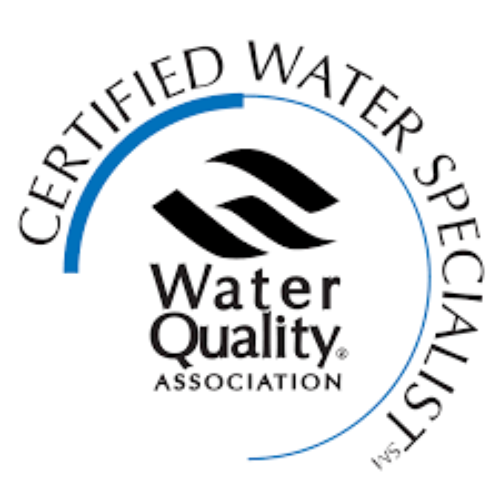Professional Uranium Remediation Santa Fe Services Overview
Key Highlights
- New Mexico is dealing with the legacy of over 500 abandoned uranium mines, which pose significant environmental and health risks.
- Decades of uranium mining have resulted in severe groundwater and soil contamination in and around Santa Fe.
- The Environmental Protection Agency is actively overseeing cleanup efforts, with a major focus on contamination within the Navajo Nation.
- A state-level revolving fund created for uranium remediation remains unfunded, creating significant hurdles for statewide cleanup.
- Recent settlements provide over $1.7 billion for specific mine cleanups, but this does not cover all neglected sites.
- Professional uranium remediation services are essential to protect public health and restore the environment in New Mexico.
Introduction
New Mexico has a long history of uranium mining, leaving land and water unsafe. Residents near Santa Fe have faced these challenges for years, as uranium contamination poses significant risks to public health. Prioritizing uranium remediation is crucial in the region. Expert assistance is essential to protect groundwater and land from mining impacts. Good Water Company specializes in uranium remediation in Santa Fe, ensuring clean groundwater for New Mexico.
Uranium Contamination Challenges in Santa Fe and Surrounding Areas
Uranium contamination is a major issue in New Mexico, especially near Santa Fe, due to abandoned mines that release harmful materials into soil and groundwater. This ongoing threat endangers both the environment and public health. To tackle this problem, we must understand the contamination's origins and current impacts. Next, you'll learn about the history of uranium mining in New Mexico and its effects on local communities today.
Historical Sources of Uranium Pollution
Contamination issues in New Mexico trace back to the Cold War. From 1944 to 1986, United Nuclear Corporation and others mined uranium and processed it into "yellowcake," often discarding waste in unlined pits. A dam break in 1979 near Church Rock released contaminated water into the Rio Puerco, severely impacting the Navajo Nation. Over time, leaks from mining sites polluted underground aquifers, particularly affecting Laguna Pueblo, home to one of the world's largest open-pit uranium mines. Poor waste management has left communities in Church Rock, the Navajo Nation, Laguna Pueblo, and surrounding areas facing significant environmental challenges.
Current Impact on Local Communities and Environment
Uranium mining in New Mexico has led to severe health and environmental issues due to radiation exposure. Contaminated soil and water pose risks, with many tribal residents suffering from lung cancer and kidney disease. Some communities maintain a "Death Map" to track fatalities. The New Mexico Environment Department and EPA are investigating pollution levels, particularly contaminated groundwater, threatening access to clean water. Residents of the Navajo Nation and other tribal lands are demanding improved conditions and thorough cleanup initiatives to safeguard future generations, emphasizing the urgent need to address the legacy of uranium mining for community health.
Ongoing Uranium Remediation Projects and Funding in New Mexico
Cleaning up leftover uranium in New Mexico is a significant ongoing task, but funding is a major challenge. In 2022, the New Mexico Legislature established a revolving fund for cleanup, which has yet to receive any money after two years, stalling efforts at various contaminated sites. State leaders are pursuing additional federal funding and advocating for state support to initiate cleanup. The following sections will outline active projects and discuss settlements affecting remediation efforts in New Mexico.
Active Cleanup Initiatives and Federal Involvement
Federal agencies and local organizations are committed to addressing uranium pollution. The New Mexico Environment Department and the EPA assess abandoned uranium sites, especially in Church Rock and northeastern areas, to minimize radiation risks for tribal lands and communities. Ongoing reclamation efforts, driven by the legacy of the United Nuclear Corporation, include groundwater contamination assessments and remediation plans led by lawmakers like Garcia Richard. Federal revolving fund support bolsters these cleanup initiatives, enhancing community resilience and environmental restoration across Santa Fe and New Mexico.
What Has Been Done to Clean Up the Site?
Extensive efforts have been undertaken to clean up uranium contamination in Santa Fe. This includes removing contaminated soil, installing groundwater treatment systems, and conducting regular monitoring. State and federal agencies collaborate with local organizations to ensure the safety of the environment and public health while following strict remediation guidelines.
Conclusion
In the end, fixing uranium contamination in Santa Fe is very important. It helps the health of people living there and also makes the environment better. With more remediation work and help from the government, we are moving closer to making things safe and lasting. These steps show that we want a cleaner and healthier place for all. If you or someone you know is worried about uranium or has questions about remediation services, you can contact us. Your safety matters. We are here to help you find the best answers for your needs.
email uranium remediation Santa Fe mining uranium remediation Santa Fe
uranium ore northeast church rock uranium operations site assessments santa fe new mexican northwestern new mexico neglected uranium sites october arizona december july leases acres uranium remediation Santa Fe
https://archive.ph/o/mGPV4/https://www.bizjournals.com/albuquerque/newsletters


